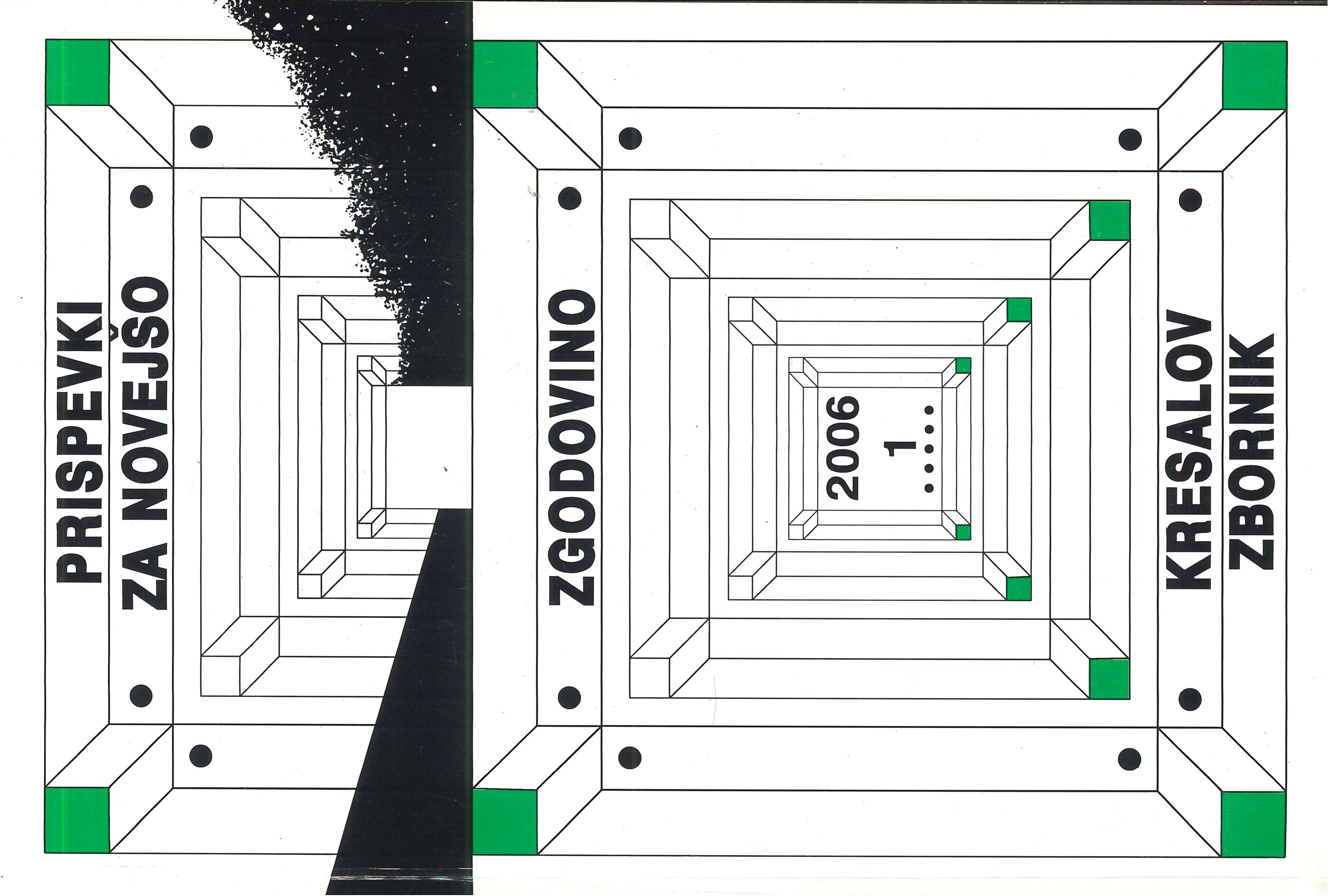Obmejno gospodarsko sodelovanje Slovenije z Avstrijo, Italijo in Madžarsko (1945-1991)
Ključne besede:
obmejno gospodarsko sodelovanje, mednarodna trgovina, narodna manjšina, gospodarstvo, Slovenija, Delovna skupnost Alpe-JadranPovzetek
Avtor obravnava obmejno gospodarsko sodelovanje kot posebno obliko gospodarskega sodelovanja republike Slovenije v obdobju socialistične Jugoslavije. Slovenija je bila med vsemi jugoslovanskimi republikami najtesneje povezana in vključena v evropski prostor. Poleg skrbi za manjšino v zamejstvu je bilo gospodarsko sodelovanje tisto, ki je opredelilo njena prizadevanja za povezovanje preko državnih meja. Njeno gospodarsko napredovanje je bilo v marsičem odvisno od uspešnega trgovanja in sodelovanja s sosedami, zlasti z Avstrijo in Italijo. Razne dvostranske oblike obmejnega gospodarskega sodelovanja so postopoma prerasle v večstransko regionalno sodelovanje. Najpomembnejša in najuspešnejša oblika regionalnega sodelovanja Slovenije je bila Delovna skupnost Alpe-Jadran, ki je bila ustanovljena leta 1978.
Prenosi
Objavljeno
Številka
Rubrika
Licenca
Avtorji prispevkov, objavljenih v tej reviji, soglašajo z naslednjimi pogoji glede avtorskih pravic:
- Avtorji ohranijo avtorske pravice, reviji pa odobrijo pravico do prve objave. Delo se hkrati zaščiti z licenco za prosto uporabo avtorskih del (Creative Commons Attribution License), ki drugim osebam omogoča deljenje dela ob priznanju avtorstva in prve objave v tej reviji.
- Avtorji lahko sklenejo ločene dodatne pogodbene dogovore za neizključno distribucijo različice dela, objavljene v reviji, (npr. oddaja v institucionalni repozitorij ali objava v knjigi) z navedbo, da je bilo delo prvič objavljeno v tej reviji.
- Pred postopkom pošiljanja in med njim lahko avtorji delo objavijo v spletu (npr. v institucionalnih repozitorijih ali na svoji spletnih strani), k čemer jih tudi spodbujamo, saj lahko to prispeva k plodnim izmenjavam ter hitrejšemu in obsežnejšemu navajanju objavljenega dela (glej The Effect of Open Access).


